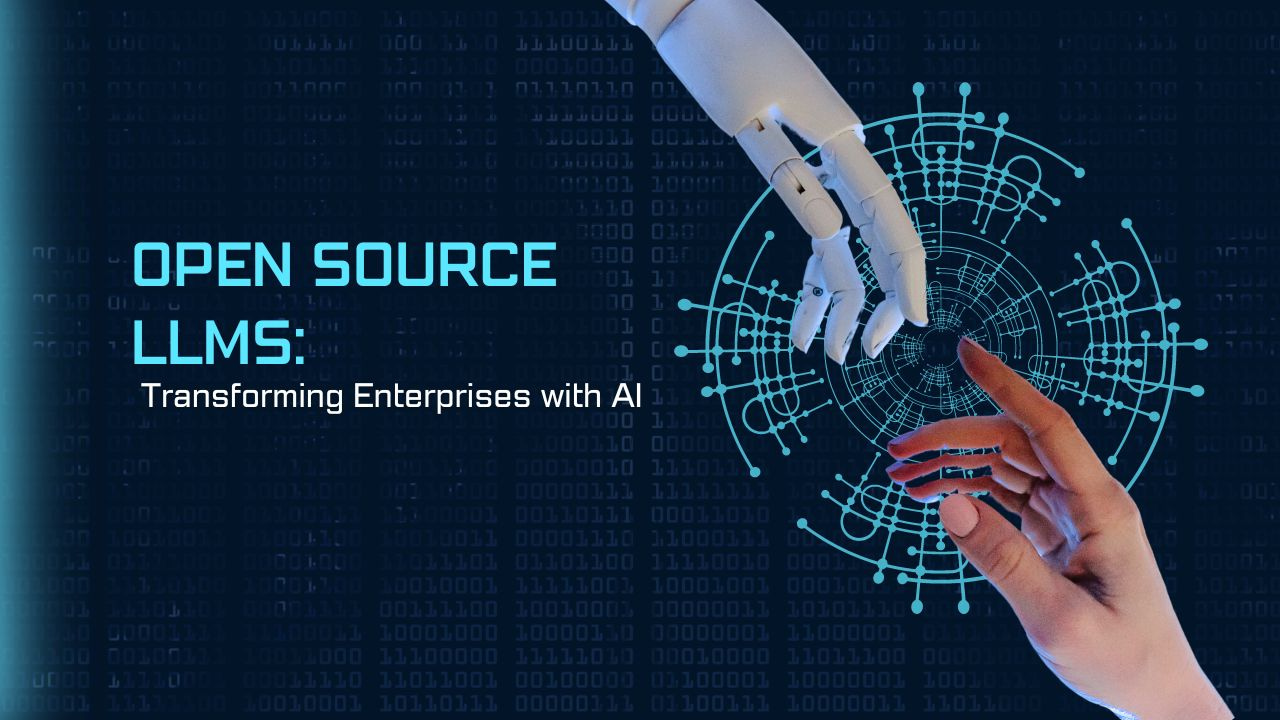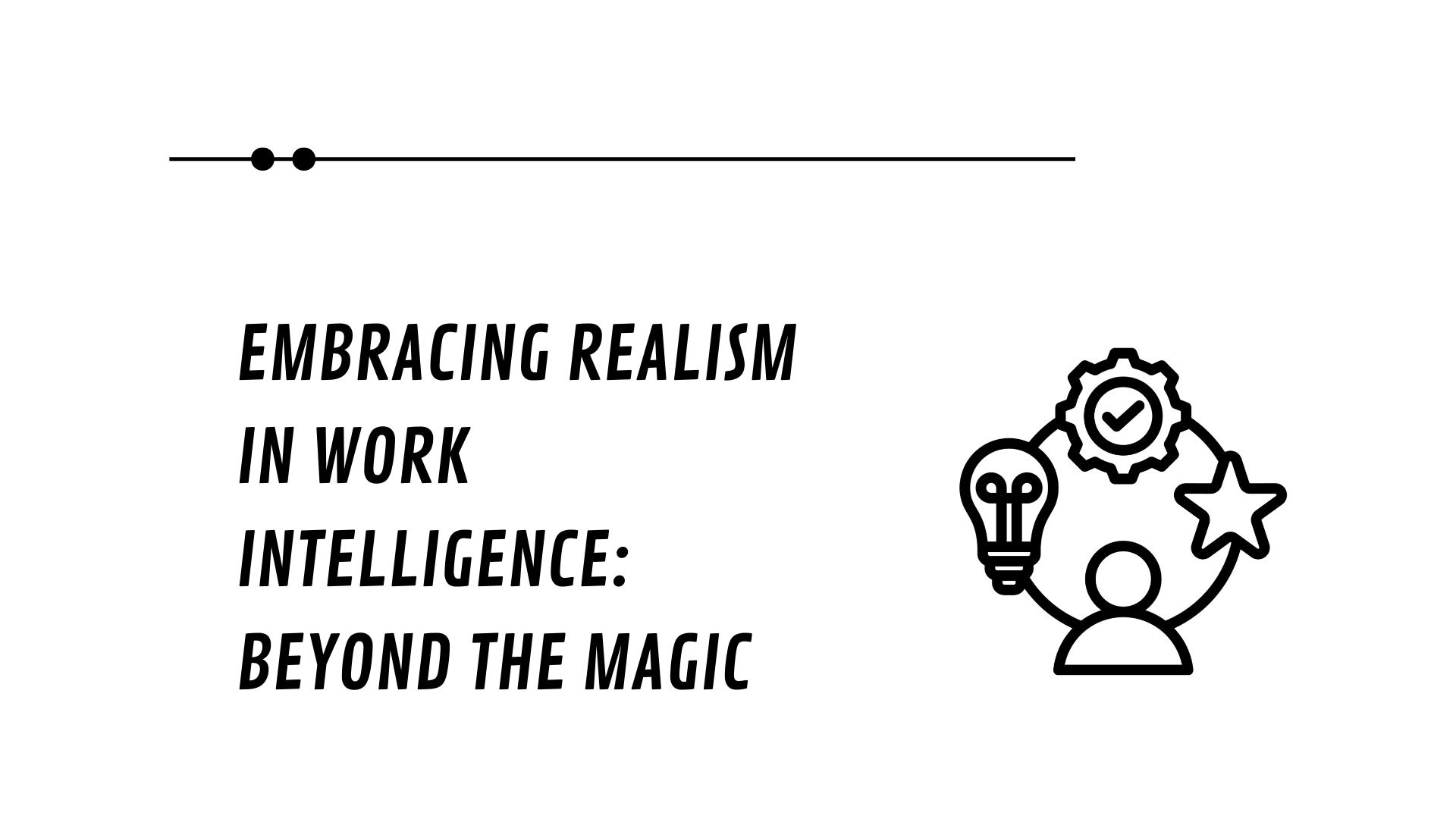A guide to choosing the right Data Capture Solution
data capture
data capture
data capture
data capture
data capture
Why Is Data Capture a Critical Component in Any Digital Transformation Initiative?
Digital transformation has become the norm, fueled by speedy internet everywhere, and digitization now plays a critical role in adding business value. Today's organizations have embraced digital transformation, with many companies already having put a digital strategy in place. Such is true not only for large enterprises but also for startups, exponentially increasing the size of the digital transformation market. Various industries have been getting into the fray, including financial services, insurance, and healthcare.
A huge part of digital transformation initiatives aims to improve operational efficiency and meet changing customer expectations. Both goals are heavily dependent on process digitalization and efficient data management.
Data is one of the most vital assets required to accelerate any digital transformation. And although most processes are now fully digitalized, 80% of the information exchanged between companies is unstructured and unprepared to be interoperable with a digital workflow.
A vast majority of an organization's business processes rely on data that comes from emails, documents, or photos. Because they are human-readable and unstructured, these documents require an information digestion process, often supported by back-office teams that ensure the correct interpretation, validation, and data entry.
Data is also becoming more and more unstructured in nature. Organizations now have more communication channels and cannot enforce specific formats that might risk their customer experience. This trend raises significant challenges for operational departments, justifying why recent studies point out that the average productivity per employee in operational tasks decreases inversely with digitalization.
Companies worldwide are paying a productivity tax, spending more than $400 billion annually on DATA ENTRY, DATA RESTRUCTURING, AND DATA VALIDATION processes.
How Can Data Capture Solutions Help?
Data capture solutions (formerly known as OCR technologies) that were essential tools in the past to support document scanning workflows are now evolving to become an indispensable automation enabler in any digital transformation initiative.
They provide a translation layer transforming unstructured information (human-readable) into structured data (machine-readable), thereby providing the means to automate any information digestion process.
These technologies are now leveraging on Artificial Intelligence (AI), giving rise to trends such as cognitive data capture, intelligent character recognition (ICR), and intelligent document processing (IDP).
As a plug-in, data capture solutions connect with key digital transformation technologies that require structured data as input, such as:
- Robot Process Automation (RPA)—since most robots are essentially ruled-based and therefore incapable of processing unstructured data.
- Low-Code Technologies (such as Outsystems and Mendix) are often used to develop digital channels such as mobile apps and web portals, where much-unstructured information flows.
- Operational Software (such as ERP, ECM, BPM, and CRM software) provides direct support to most operational workflows within an organization that relies heavily on document-based data.
When employees spend 10%-25% of their time on repetitive computer tasks (Automation Anywhere) and the market size of the automation industry is expected to reach $2.9 billion in 2021 (Forrester), data capture solutions are gaining traction as an essential tool within the Digital Transformation landscape and opening opportunities to automate even unstructured processes.
How to Choose a Data Capture Solution?
Any data capture solution's success relies on its capacity to correctly convert unstructured information (human-readable) into structured data (machine-readable), also known as its accuracy rate.
Although the accuracy rate may seem a pretty straightforward KPI to measure, the reality is quite challenging… Measuring if a specific data field is correct or not requires knowledge over its expected value so it can then be compared to the data capture solution output. Nonetheless, in most business processes, having an expected value is not possible, and therefore the accuracy rate cannot be easily computed in such scenarios.
Historical records or data sets are commonly used as expected results for accuracy rate assessments to overcome some of these limitations. In practice, this means that the accuracy rate can be only computed for past interactions that may or may not entirely reflect a day-to-day operation, since most of the time, these information inbounds may vary in nature and format over time.
The absence of upfront expected values also makes it very hard to compute the on-going accuracy rate of a process, which may raise a significant operational risk in more quality-sensitive operations where outputted data will be used to support automated business decisions.
But the challenges don't end there! Even if we can measure the accuracy rate across a test dataset and get promising results (let's say 95% accuracy), one might assume that the data digestion process could then be optimized by 95%, which is far from true.
The reason relies on the fact that most data capture solutions cannot segment the percentage of data that is wrong from the correct data! It requires either to accept the errors as part of the process or to manually validate every data field to find the correct ones and correct the wrong ones.
Although this might seem like an insignificant detail when we are talking about 95% accuracy, the fact is that the manual data validation process is not only the most relevant cost driver in the implementation of a data capture solution but also the most pertinent limitation to automation and scalability.
Not only will these costs be challenging to forecast since they depend on the number of templates developed and inbound variations, but also they will be a recurrent fixed cost, inducing lags and delays when the target should be to streamline processes as automatically as possible.
With this in mind, here is a compressive checklist that might be used to further evaluate any data capture solution:
- Does the data capture solution enable you to process structured, semi-structured, and unstructured content?
- Does it focus on processing scanned documents, or is it also compatible with processing emails, texts, photos, and native digital documents?
- Is it possible to process documents with an unknown structure?
- Does the data capture solution require a significant setup investment and maintenance over time?
- Is it possible to segment correct information from the incorrect and only validate the incorrect part?
- Is it possible to estimate the cost of the workforce needed to support the information validation process? Are these costs taken into consideration in the price model?
- Is your vendor open to ensure a quality level of service contractually?
Why is DocDigitizer different?
In processes where the data quality is critical, such as a KYC process within a bank, a claim process in an insurance company, or an accounts payable process, there is an underlying risk of implementing fully unattended automation.
Too often, a single error might lead to financial impacts way beyond the overall return of investment of these automation initiatives. More commonly, the need for a “human in the loop" is required for the automated process to reach its quality benchmark.
DocDigitizer is bridging this gap by combining its proprietary cognitive data capture engine with an expertly-designed human-in-the-loop process delivering the speed and scale of machine automation with the quality that can come only from human intervention.
Powered by cutting-edge AI technology, DocDigitizer is a cognitive data capture service that turns any unstructured text data into business-critical information for any human-readable content, plug-and-play with 100% accuracy!
The DocDigitizer platform processes data using a multi-pass approach where AI and humans are intelligently orchestrated to ensure that all data output is 100% correct and ready to be used within your processes. To ensure our contractual commitment to 100% accuracy, DocDigitizer's data curation team will ensure that every data field is correct using our AI-assisted data validation platform, providing scalability and speed (results may be available within seconds).
Since a human in the loop raises inherent privacy and security challenges, at DocDigitizer, we place the highest priority on data security and protection. Our AI-assisted data validation platform follows industry best-practices on privacy and security, namely in terms of internal security, data protection, and encryption, and security compliance.
- We have policies and procedures in place to protect all sensitive information.
- Information access is restricted and authorized according to job functions.
- Data is ingested via API and enforced by SSL or via authorized access to storage.
- Only authorized and authenticated access to customer data is permitted.
- Regular audits to ensure our compliance with GDPR regulations.
DocDigitizer provides the accuracy and affordability that traditional data capture solutions can't match, allowing end-to-end automation over quality-critical processes. DocDigitizer's human-in-the-loop approach delivers 100% accurate data, unburdening the customer from complex and costly internal data validation processes, over any content (from an email to a photo) within seconds and with no setup!
For more information on how you can use DocDigitizer as an automation acceleration within your digital transformation initiative, contact us, and book a demo.
Doculator
See how much you could be saving!
Do you know how much your current document processing is costing you?



